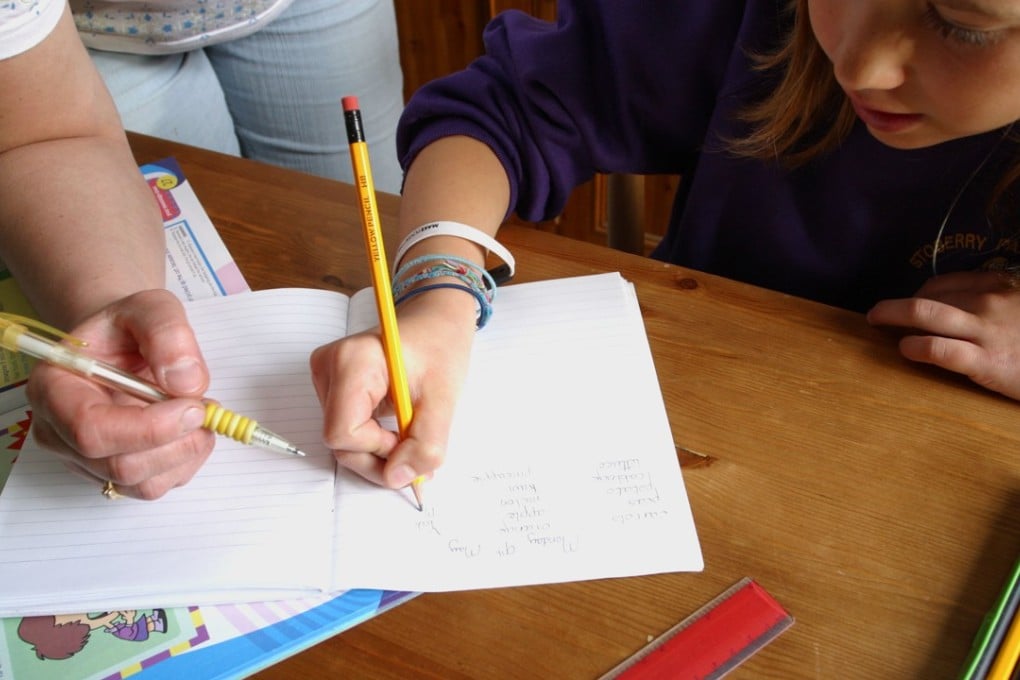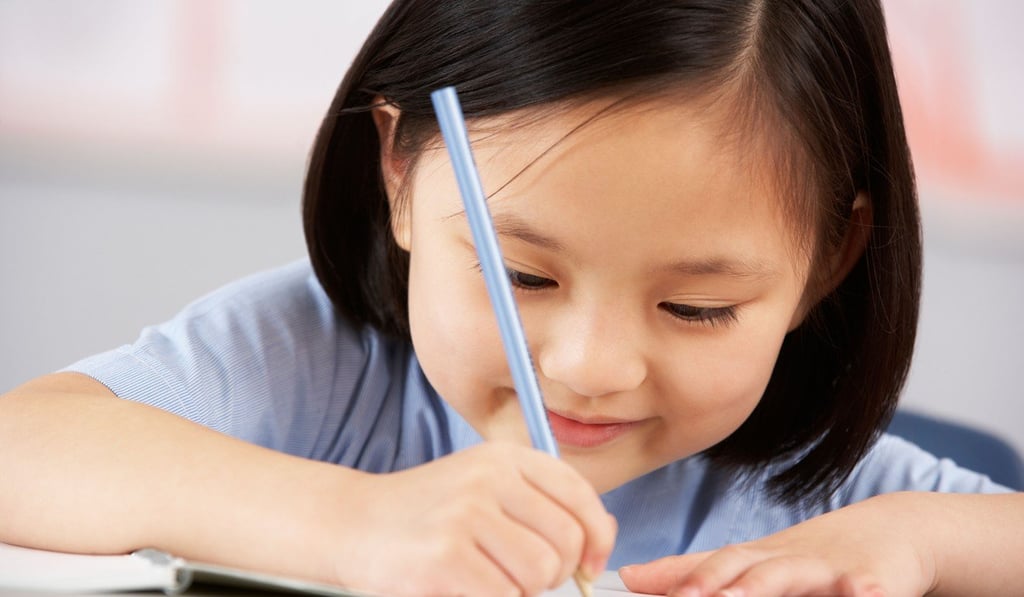Why pupils, not teachers, mark some of their classmates’ work these days – it fosters their communication skills
Attitudes towards marking have changed. Many schools have dropped the red pen, instead focusing on students’ ability to become independent learners. Others go for a mix of marking styles, including peer-marked work

Looking through my son’s primary schoolbooks in the summer holiday I noticed some work has been marked by children instead of the teacher and some not marked at all, writes a Hong Kong parent. Is this usual and acceptable?
Thoughts and beliefs about marking have changed over recent years. Depending on a school’s approach to marking and the time they give for student reflection, it can provide useful feedback or frankly amount to a total waste of time for everyone, simply adding to a teacher’s already heavy workload.
What to do if school doesn’t engage your child and nurture their curiosity
Many schools use a variety of marking techniques as an integrated part of the learning process. They are now more likely to use their policies to focus on pupils becoming effective independent learners, encouraging them to think about tasks more deeply and be confident enough to make mistakes and learn from them.
When marking work, teachers have an opportunity to provide positive comments, set targets and highlight areas for improvement. If a student is given time to reflect and follow up on any comments and make corrections, this type of marking can be worthwhile. Most importantly, teachers can build in time to conference with individual students about their learning to deepen understanding.

Peer marking can be an invaluable component of this process, even in the case of young children. As well as helping young learners to evaluate their own work, this process also helps to build competent communication skills in both verbal and written forms and provides the occasion for discussions with peers with whom they may not otherwise socialise.
During activities such as creative writing, peer conferencing halfway through an exciting poem or story can be extremely useful. Through the process of reading someone else’s work and offering both positive comments and areas for improvement, pupils can reflect upon their own writing and make changes as they go along.
